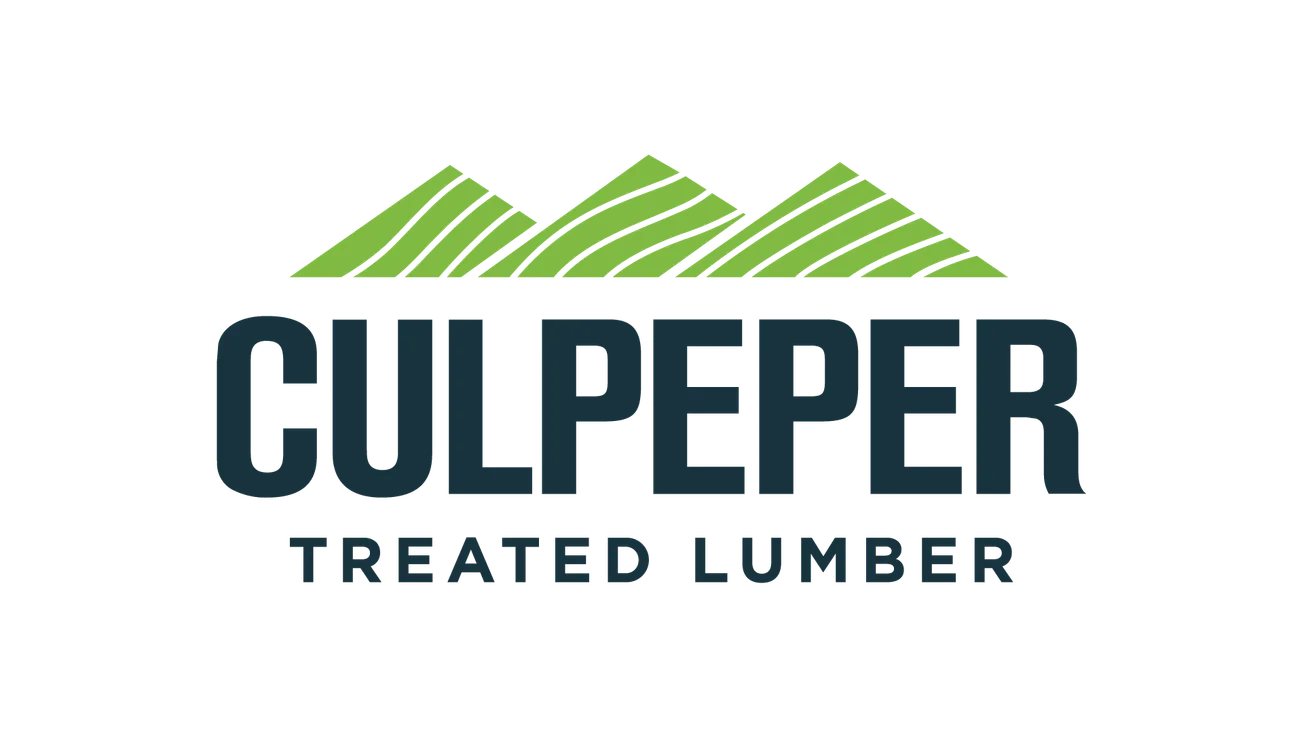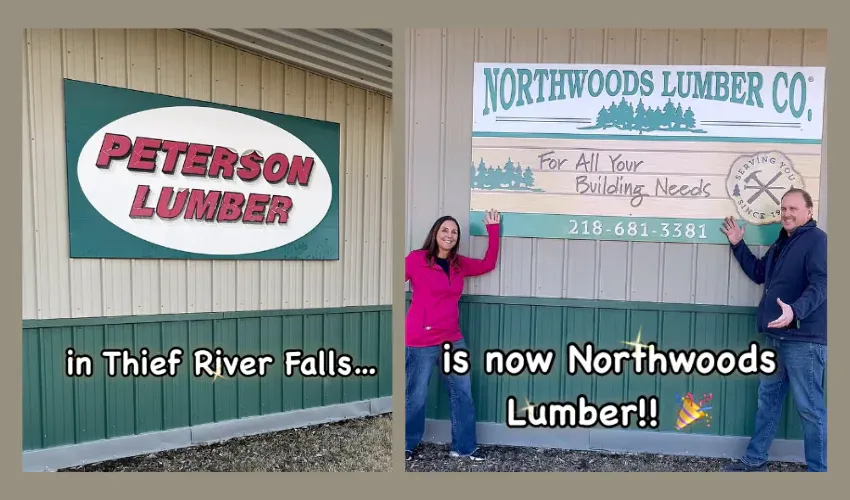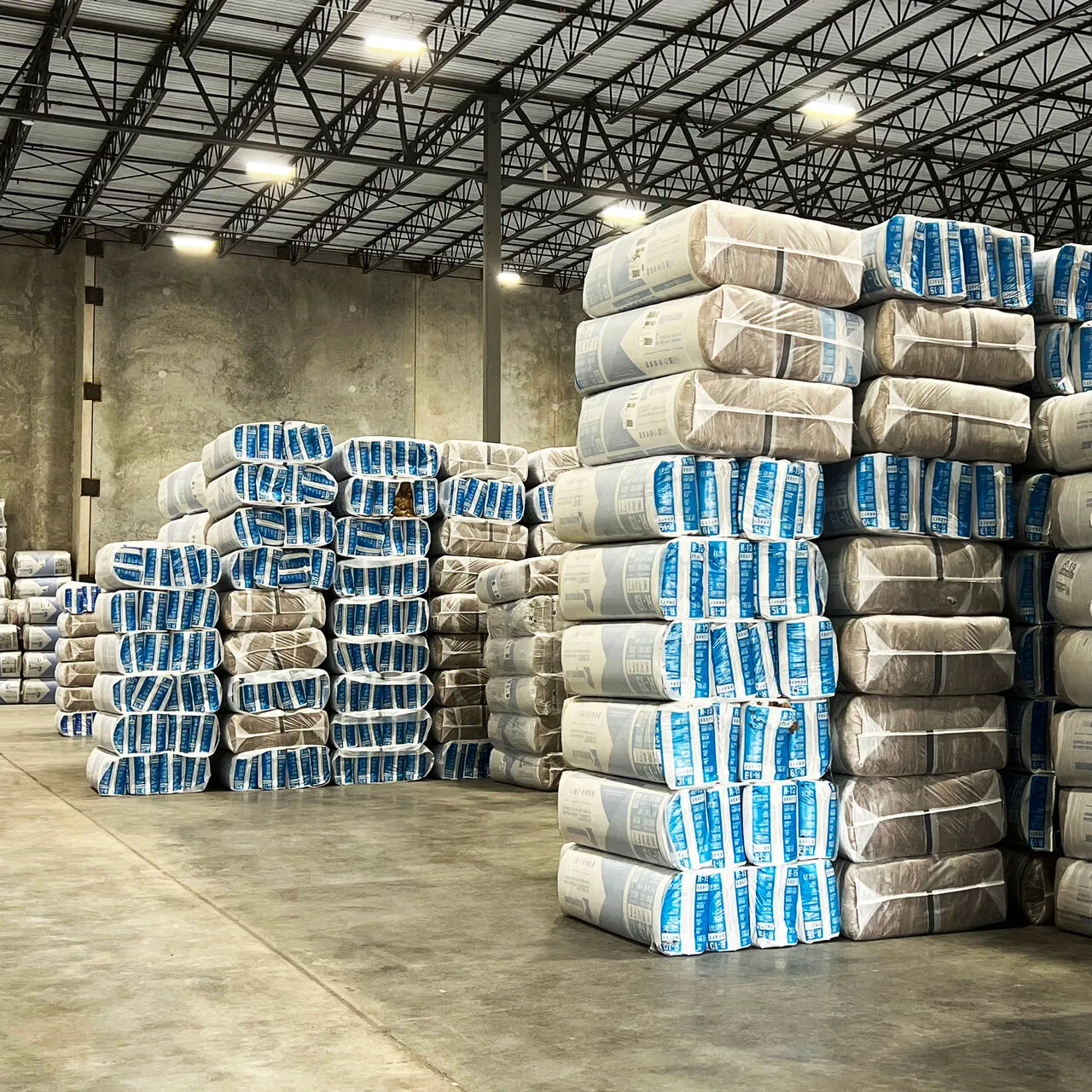Table of Contents
Technology has made complex operations “easy” for decades. Software solutions afford us the luxury of digitized communications in nanoseconds, the storage of massive amounts of data available at one’s fingertips, and even a trusted way to manage our daily financial transactions and life savings.
All of this to say, foolproof systems that once required endless equipment, paperwork, and time are no more.
The wood treating process is a complex one, no doubt. Tracking every step from fresh cut lumber to final delivery to satisfied customers must be carefully managed. The more streamlined the treaters’ operations, the more time and money they save, and just as importantly—the better experience their customers will have with a quality end product.
Having the right data at your fingertips at the right time is key.
- Make complex operations easy.
Integrated software solutions that track your full-functioning operations base enable you to connect steps that were once disconnected. Manual processes and disparate systems slow things down, not to mention important details could be missed without all essential data in one place. For instance, processing inbound trucks is a standard part of the business; receiving trucks as efficiently as possible, and making way for the next truck, must managed swiftly and accurately so as not to disrupt operations.
Production scheduling is the key to make it all work, and comes with many variables. Meeting multiple customer demands and deadlines, paired with navigating transportation schedules, such as barges and vessels, can be challenging. A system you can rely on for real-time accuracy is imperative for your success and for your customers’ success.
Another component to tech-simplification is the ability to track bundles through various treatment processes by utilizing barcode scanning applications that provide instant updates for immediate status of services on any given bundle. Managers are immediately notified when all services for an order are completed and ready to ship—no delays.
- Make fewer mistakes.
Fewer systems to manage equals fewer errors.
We’re all human, we all make mistakes. Using an end-to-end solution reduces the likelihood of mismanaged data as it moves from one step in the process to the next. When there is a glitch, identifying the issue becomes much easier if your operations are managed on one integrated system. More often than not, you can resolve issues in a matter of minutes that might otherwise have taken days to troubleshoot.
- Use fewer business tools.
Let’s face it, nobody wants to take the time to learn multiple different business processes and software programs—especially programs that don’t integrate. In addition, terminology varies across multiple platforms, and there could be various algorithms to track and queries to wrangle for the information you need, not to mention the added expense of multiple subscription fees and service agreements to muddle through.
Training costs go up considerably with learning multiple software tools that may or may not effectively communicate with one another. Adopting one integrated solution that makes sense for your wood treating business can shorten onboarding time and decrease the learning curve, setting your team up for success and keeping employees happy.
- Gain greater accuracy.
Manage your own inventory and your customers’ inventory with confidence. Easily track units through various processes, from treating to cutting and ripping, to drying, to molding. With just a couple of clicks of the mouse, you can know immediately what you have in inventory. This means better business management and more credibility with your customers.
A critical component of every business is accurate bookkeeping. With an integrated software solution, you can auto-generate invoices based on activity within the wood treatment lifecycle to keep the cash flowing and payments on schedule.
- Gain happier customers.
Ensure your customers have the data they need, precisely when they need it. If there are pitfalls in your current tracking process, you will be dealing with unhappy customers, while losing time and money as you work to rectify the situation. It can be overwhelming to consider replacing your existing management system and starting fresh, but it can also mean more productive employees, a better customer experience, and ultimately a better bottom line.
A well-managed business is a credible business, which builds trust and confidence in your customers. Satisfied customers tend to become repeat business and oftentimes refer new business leads. Data shows that prospects are more likely to do business with a company that has been recommended by an existing customer. And that’s a win-win for everyone.
Make time to analyze your current operations. Where are you spending most of your time? What are your challenge areas? Where do mistakes happen? Using the right technology will enable you to manage your business better with real-time accuracy, and effectively provide your customers with the information they need on demand.
– Kevin Stanton is founder and software architect for RDB Solutions (www.rdb-solutions.com).









